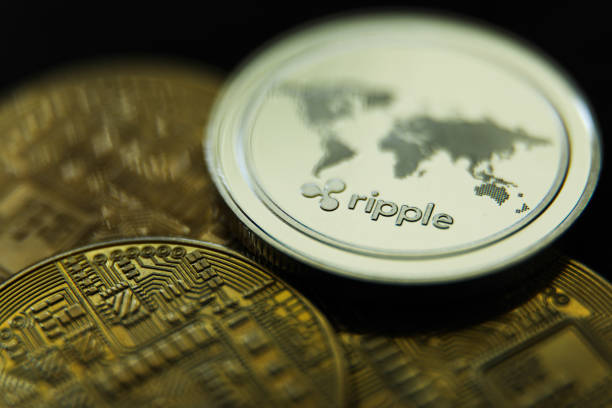In the ever-evolving world of cryptocurrency, staying informed about the technologies behind major coins is crucial for both investors and enthusiasts. Ripple, one of the most prominent entities in the crypto space, often finds itself at the center of discussions around decentralization and network manipulation. Recent comments by Ripple’s Chief Technology Officer, David Schwartz, have sparked further debate about the control and neutrality of the XRP Ledger. Let’s delve into these discussions and what they mean for XRP investors and the broader cryptocurrency community.
Exploring the Dynamics of Ripple and the XRP Ledger
Ripple’s CTO, David Schwartz, recently addressed concerns about the potential for manipulation within the XRP Ledger by Ripple. These concerns arose when a user pointed out that Ripple controlled most Unique Node Lists (UNLs) and that users lacked flexibility in changing them. This has led to broader questions about how decentralization is maintained and the implications for XRP holders.
Understanding Ripple’s Influence on the XRP Ledger
Schwartz clarified in a social media post that the UNL plays a critical role in how the network progresses, with wallets merely observing its activity. He emphasized that manipulation by Ripple is unlikely, given that nodes must agree with the validators on the UNL for transactions to proceed, or else the network halts entirely. This reassurance seeks to quell fears of centralized control over the network.
The CTO’s response came after a user questioned which public XRP-GUI wallets allow holders to alter trusted validators beyond those provided by Ripple. The user noted a lack of options for changing validators and expressed concerns over the difficulty of ensuring network neutrality without running a personal node or validator.
Perspectives from XRPL Validators
In the ongoing discussion, an XRPL validator, known as Vet, shared insights on the influence of UNLs. According to Vet, UNLs are pertinent to nodes and servers that constitute the network, similar to nodes in Bitcoin and Ethereum. He pointed out that merely having an XRPL account does not permit UNL selection, as one must operate a node to participate in such governance.
This stance highlights a critical aspect of blockchain governance: node operators, akin to miners or stakers, hold decision-making power. The concern over decentralization persists, as Ripple continues to publish most UNLs, although the XRP Ledger Foundation also offers its validator lists. Despite nodes having some validator selection autonomy, the choices remain largely influenced by Ripple or the XRP Ledger Foundation’s recommendations.
As of now, XRP is valued at approximately $2.44, reflecting a 3% increase over the past day, according to CoinMarketCap data.
Is the XRP Ledger Truly Decentralized?
The XRP Ledger’s decentralization is a complex issue. While Ripple’s influence is significant, the ability of nodes to choose from validators proposed by Ripple or the XRP Ledger Foundation adds a layer of decentralization. However, full neutrality requires more robust independence from centralized entities.
How Can XRP Holders Influence Validator Selection?
To influence validator selection, XRP holders would need to run their own node or validator. This involves technical expertise and resources, which may not be feasible for the average user, thus limiting their direct participatory power in governance.
What Are the Implications of Ripple Publishing Most UNLs?
Ripple’s control over most UNLs can lead to perceived centralization, potentially impacting trust among users. However, the consensus mechanism ensures that transactions are validated through node agreement, which provides a safeguard against unilateral control.
The discourse around Ripple and the XRP Ledger underscores the broader themes of governance, control, and decentralization within blockchain technology. For investors and users, understanding these dynamics is key to navigating the crypto landscape effectively.

